This article is a part of Thannal Homes series – Owner’s Build
Introduction.
Manisha Thakur’s passion for Mother Earth could no longer be ignored. After years of working in marketing companies in India and overseas, she decided to attend Thannal’s hands-on workshop in April 2022 to make her dream a reality. Determined to build a natural home, she started construction in August 2022 in her own backyard, amidst the busy streets of Delhi.
Undeterred by the small site, Manisha poured her heart and soul into the project. The foundation and plinth were crafted with lime mortar and burnt bricks, while the walls were made mostly with unstabilized adobe bricks and mud mortar. Toilets and corners were constructed using burnt brick masonry. A fusion of two techniques emerged, resulting in a unique home that seamlessly blends natural materials.
Mud plasters and cow dung plasters were used to give the walls a natural finish, while lime plasters were used for the washrooms. The roof was constructed with bamboo and layered with straw and mud-lime mixture, covered with a fiber sheet. For the flooring, a mixture of boric-borax, copper sulphate, and lime was used. Stone flooring was applied to one of the bedrooms with mud and cow dung finishes, while the master bedroom and living room were adorned with lime flooring.
The construction of the home was completed in January 2023, after just five months and a total budget of about 9 lakhs. What makes this home truly special is the contribution of volunteer artists Sanjay Soni and Nitti Thapa, who not only helped with the construction but also learned about natural building in the process.
Conclusion
Manisha’s unwavering dedication and involvement in every step of the construction process are a testament to the power of determination and hard work. Her home is proof that natural building is possible even in the heart of a bustling city. Let her story inspire you to chase your dreams and create a space that reflects your passion for Mother Earth.
Frequently Asked Questions
Who is the visionary behind this unique project?
Meet Manisha Thakur, the driving force behind this eco-conscious endeavor. Her passion for Mother Earth led her to embark on a journey to build an environmentally friendly home right in the heart of Delhi.
How long did it take to bring this green oasis of Delhi to life?
In just five months, from August 2022 to January 2023, Thannal Homes – Owner’s Build was completed, showcasing Manisha’s unwavering dedication and the efficiency of eco-friendly construction techniques.
Can we build Natural homes or Mud homes in cities or urban areas?
Yes!!! Manisha’s home serves as a compelling illustration of the possibility of constructing natural buildings in urban settings, even amidst the hustle and bustle of metropolitan areas. The project’s excellence lies in its astute selection of locally sourced materials, ranging from burnt brick and lime mortar for the foundations to sun-dried adobe bricks with mud mortar for the walls, and a distinctive combination of bamboo roofing infused with mud-lime mixtures. This harmonious fusion of natural elements truly distinguishes the project.
Who were the key contributors to this remarkable project?
Manisha collaborated with a dedicated team of seven workers, including herself, along with talented volunteer artists Sanjay Soni and Nitti Thapa. Their combined efforts not only built a home but also cultivated knowledge about sustainable construction.
What admixtures were used in the construction of this natural home?
Several unique admixtures were incorporated into this project, including Neem Turmeric Mix, Kaddukai Jaggery Mix, Cow Urine, and Maida Starch. These admixtures were carefully chosen to enhance the eco-friendliness and durability of the construction materials.
Is it a cost-effective project considering its eco-friendly construction?
Absolutely! Manisha’s involvement and passion for her home became a testament to cost-effectiveness in eco-conscious construction. With a total expense of approximately INR 9 lakhs and a built-up area of 960 square feet, it translates to a cost of just INR 937.5 per square foot. This demonstrates that building an environmentally friendly home can be both sustainable for the planet and friendly to your budget.
Where can I learn to do such a beautiful natural building or mud home?
You can learn natural building by attending Thannal’s hands-on workshops or taking Natural Building Online Self-Paced course.
Access this valuable knowledge online, providing you with the flexibility to learn anytime and anywhere through Thannal Natural Home’s digital platform. The Part 1-4: Complete Companion offers comprehensive guidance on foundations, plinths, plinth beams, various earth-based walls, diverse natural roofing techniques, and finishes – encompassing all the essential information needed for constructing a natural home.
With Thannal’s Natural Building Online Self-Paced course or Hands-on workshop, anyone can now embark on the journey of building their very own eco-friendly structure. structure.

Dharan Ashok
This article is by Natural builder and Architect Dharan Ashok. This article is a part of the Thannal Homes series - Owner’s Build


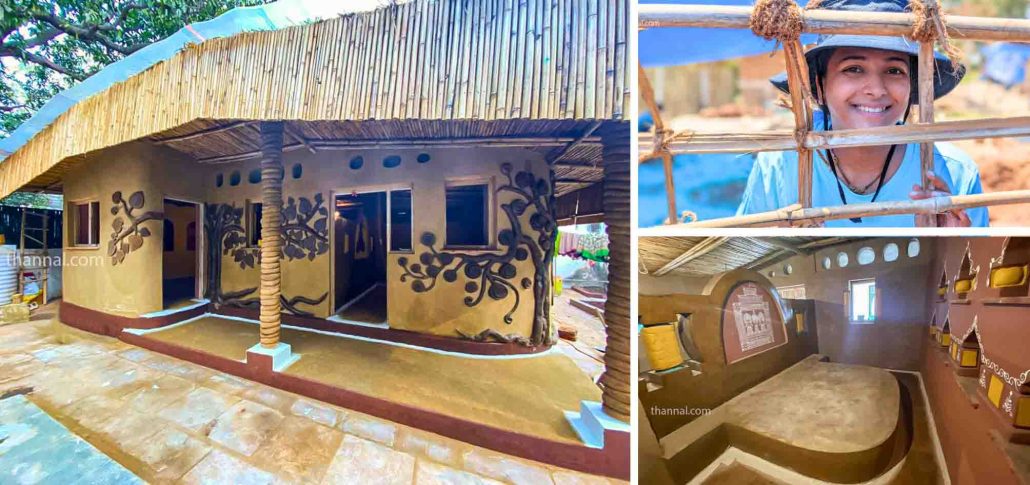
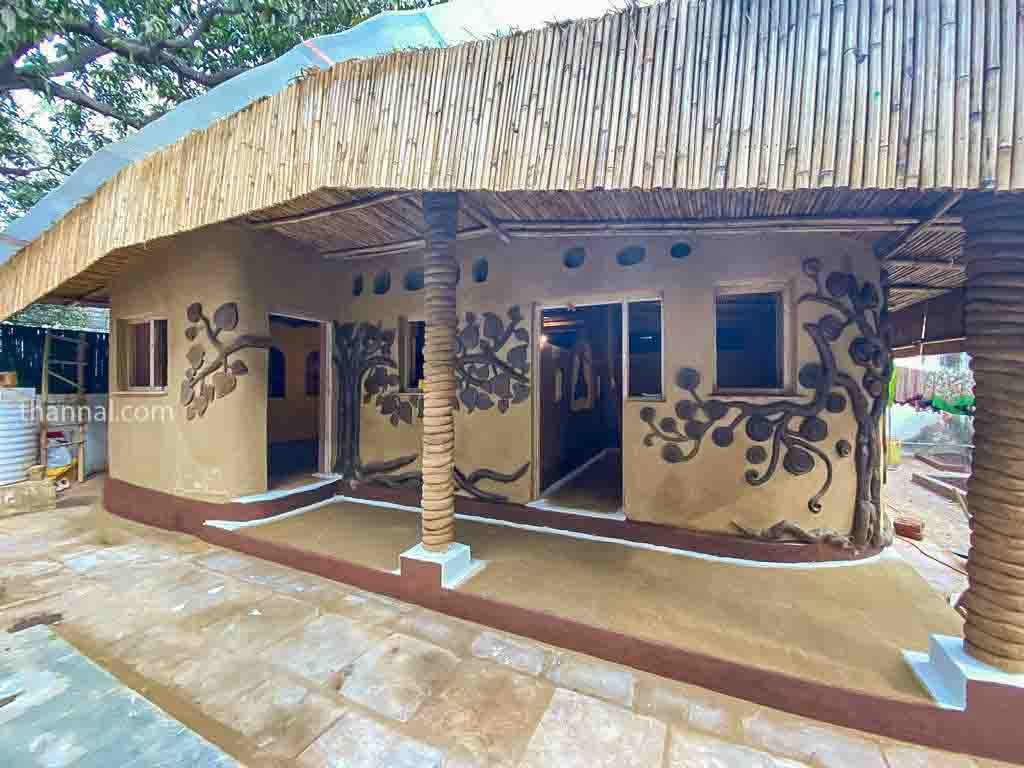
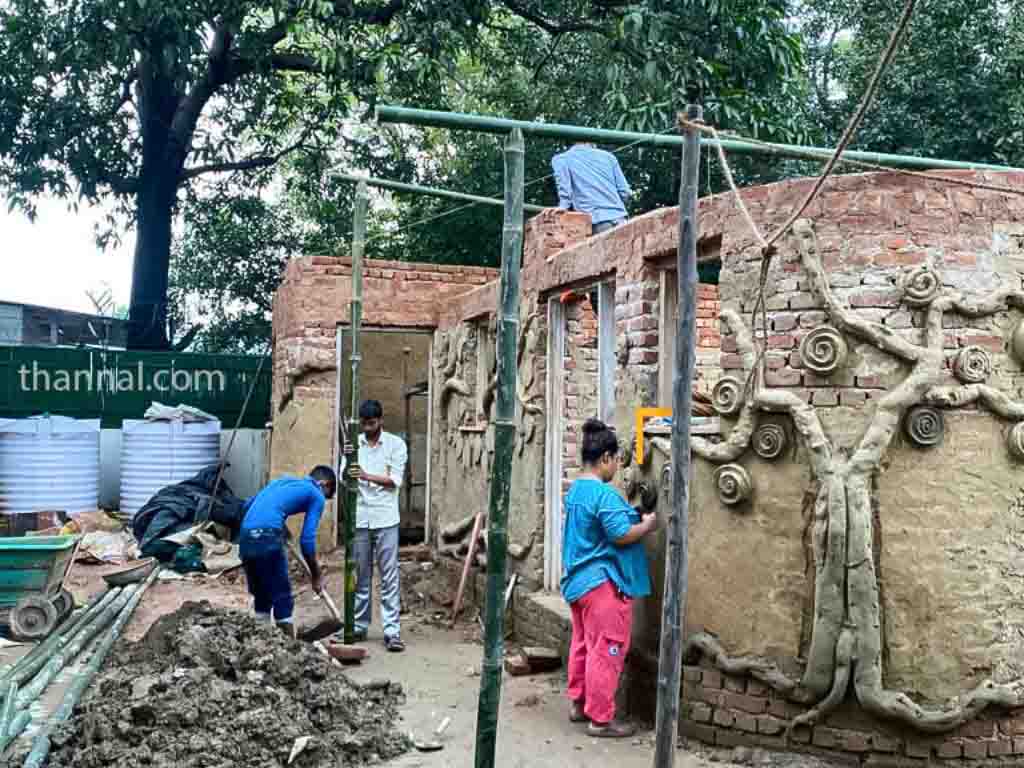
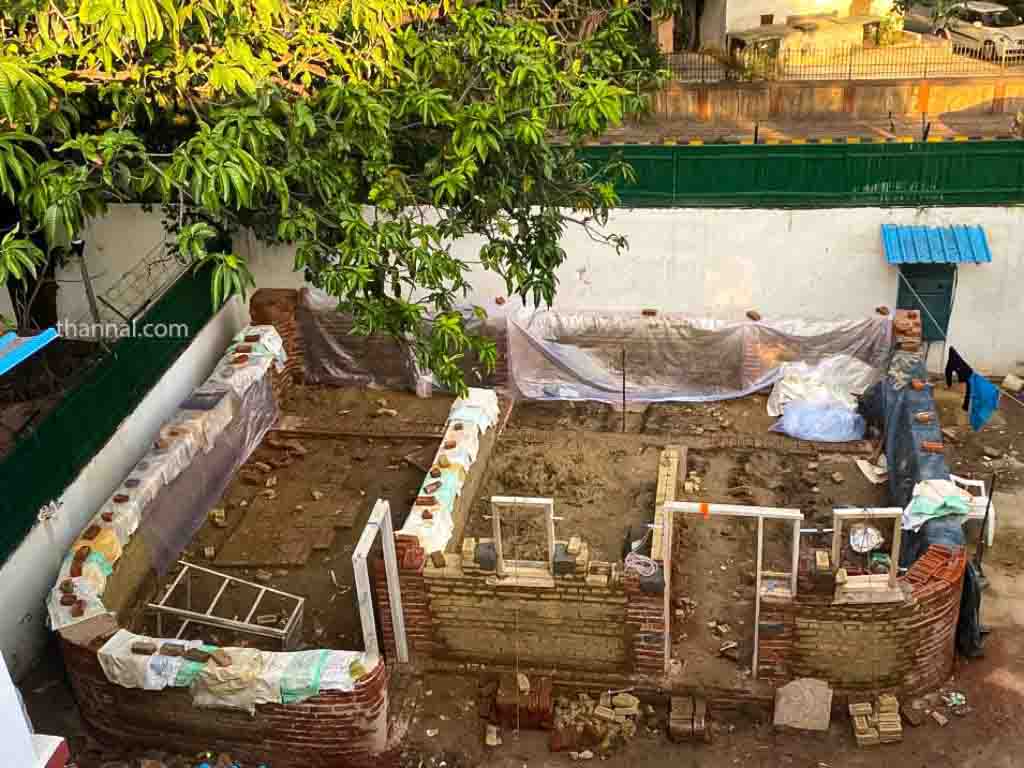

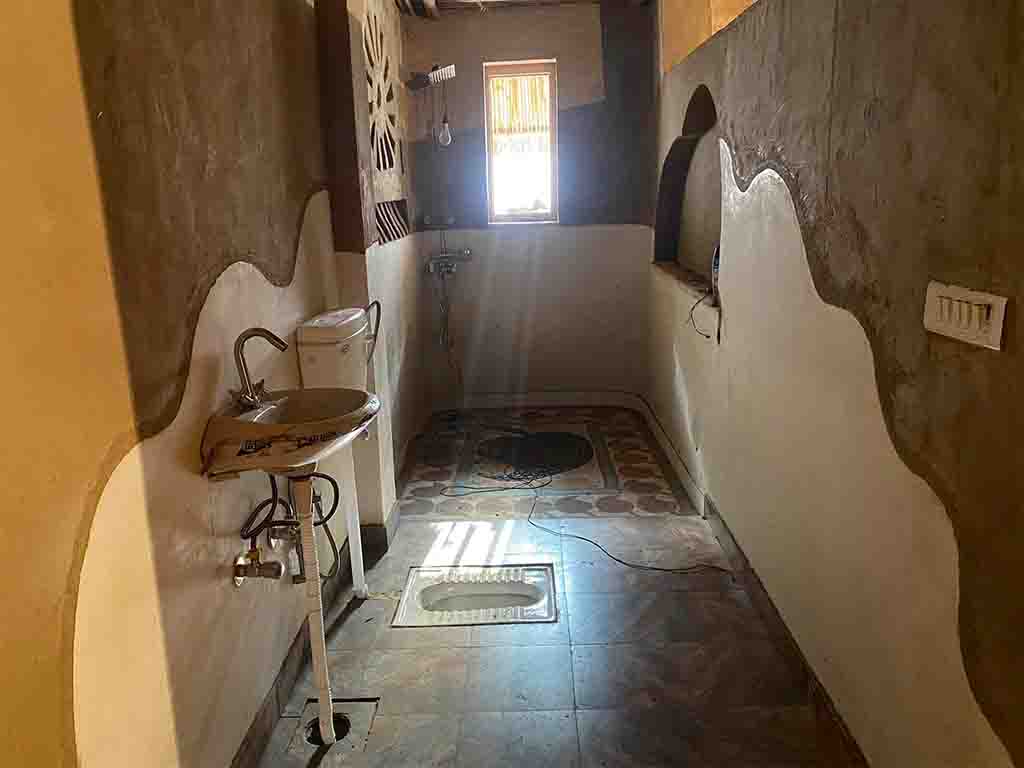
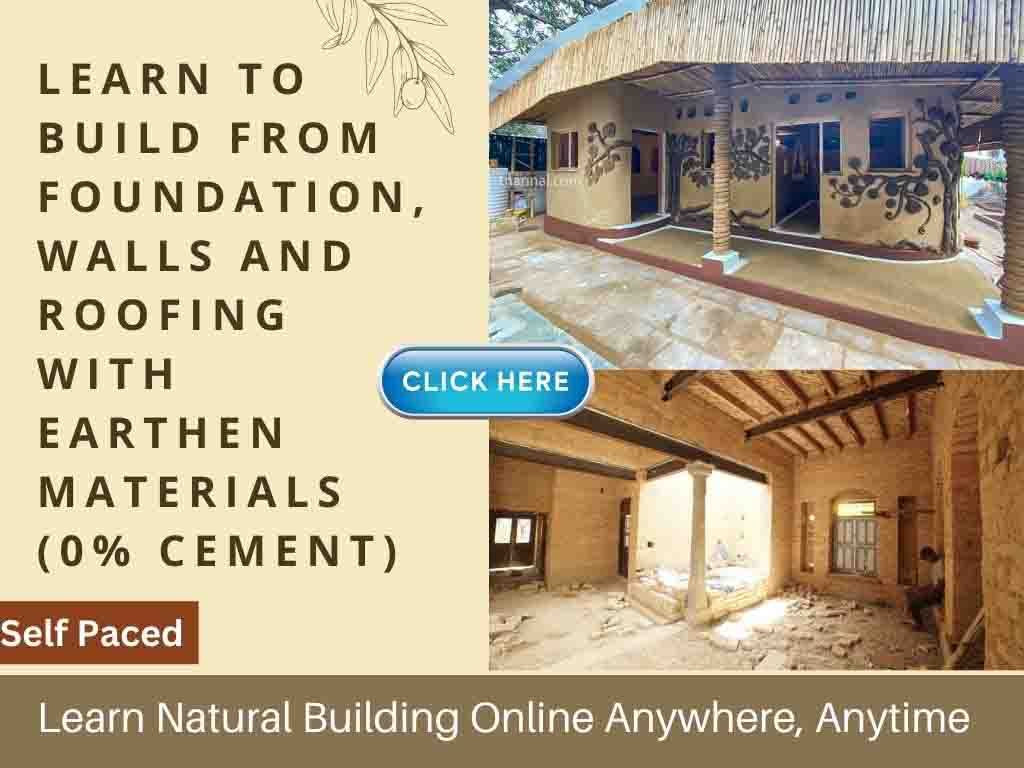
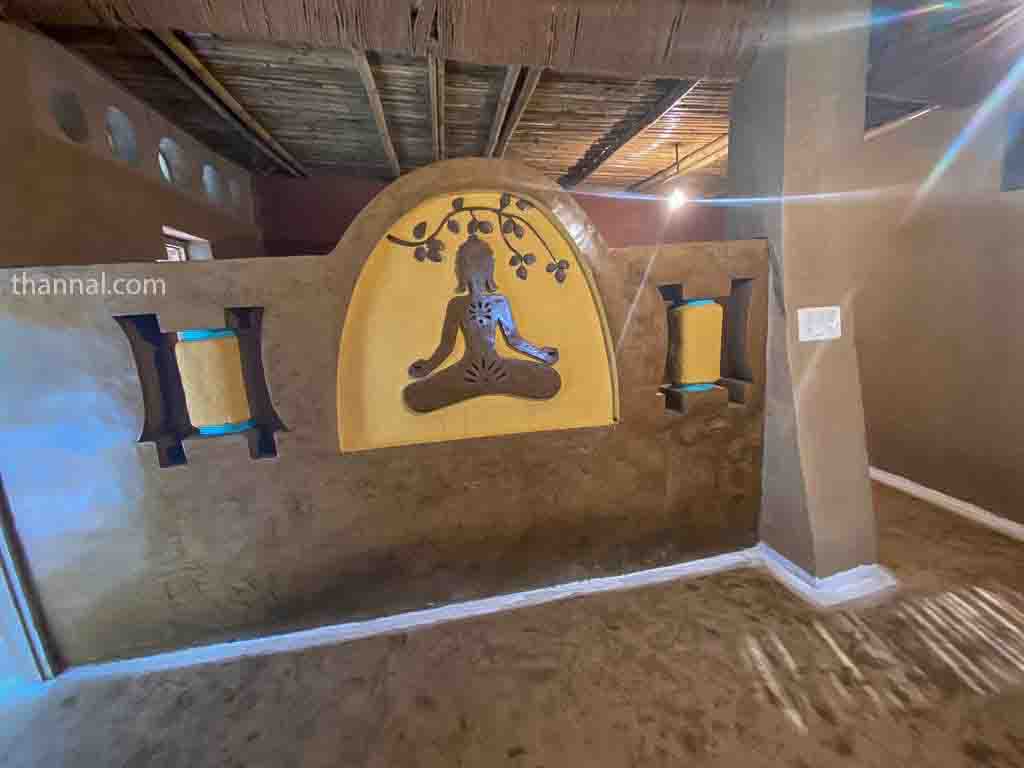
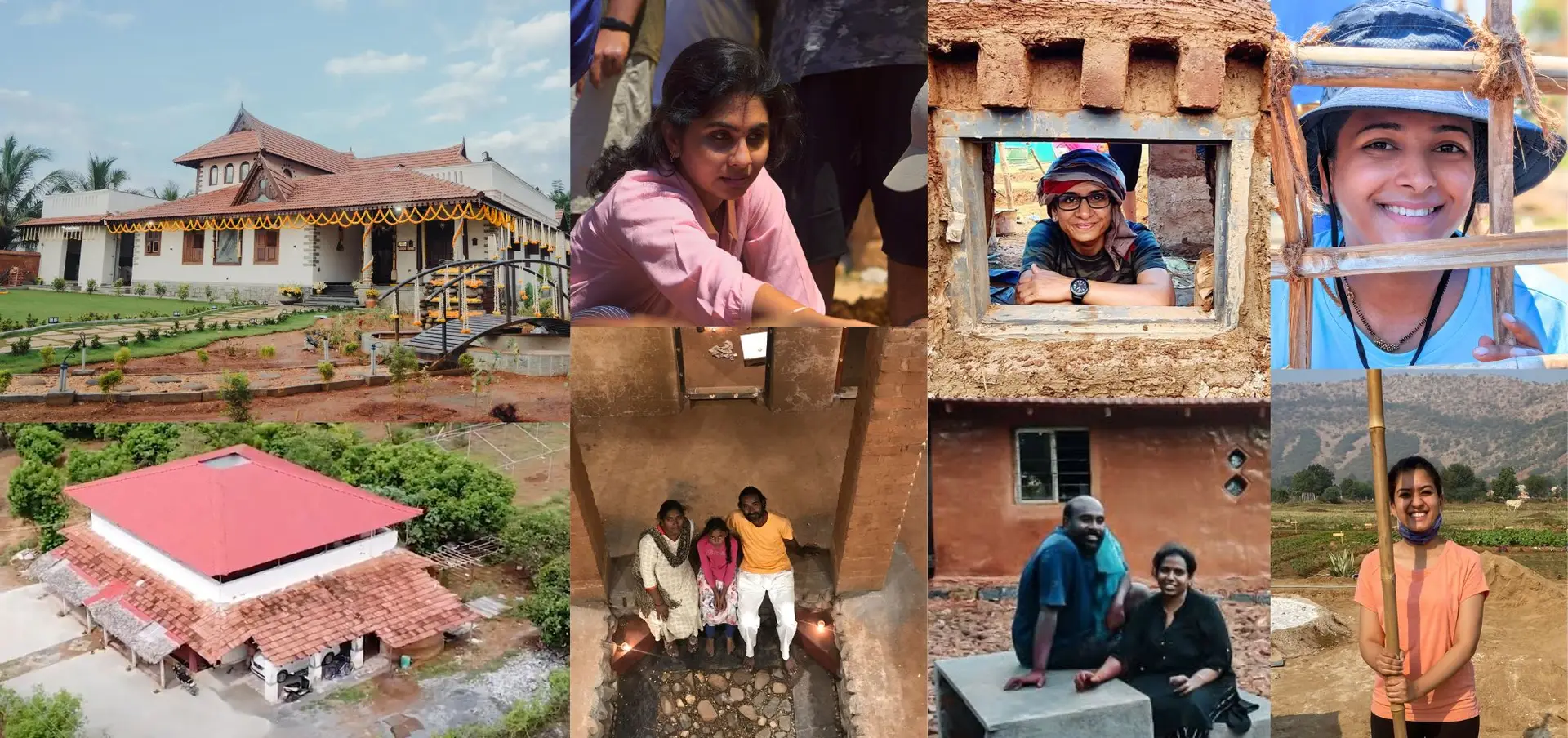
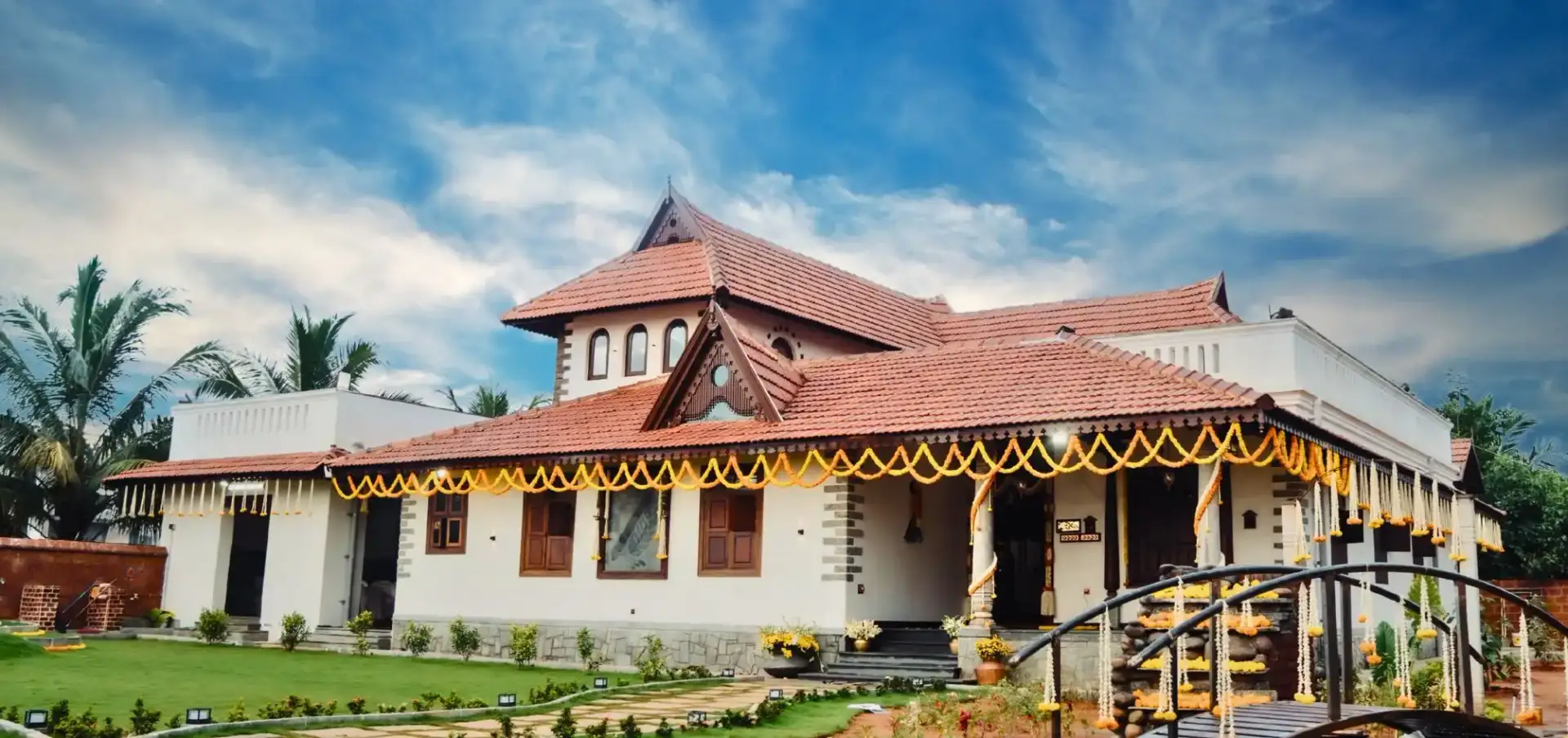
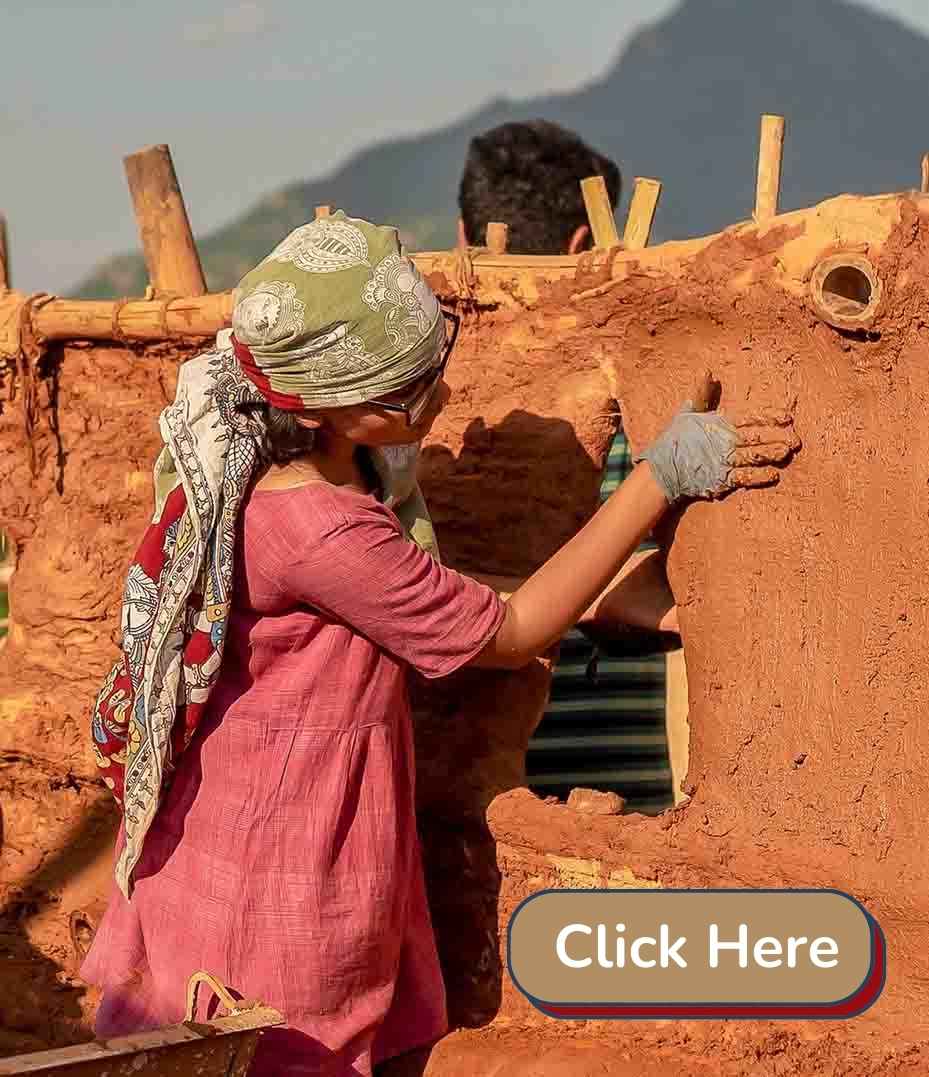
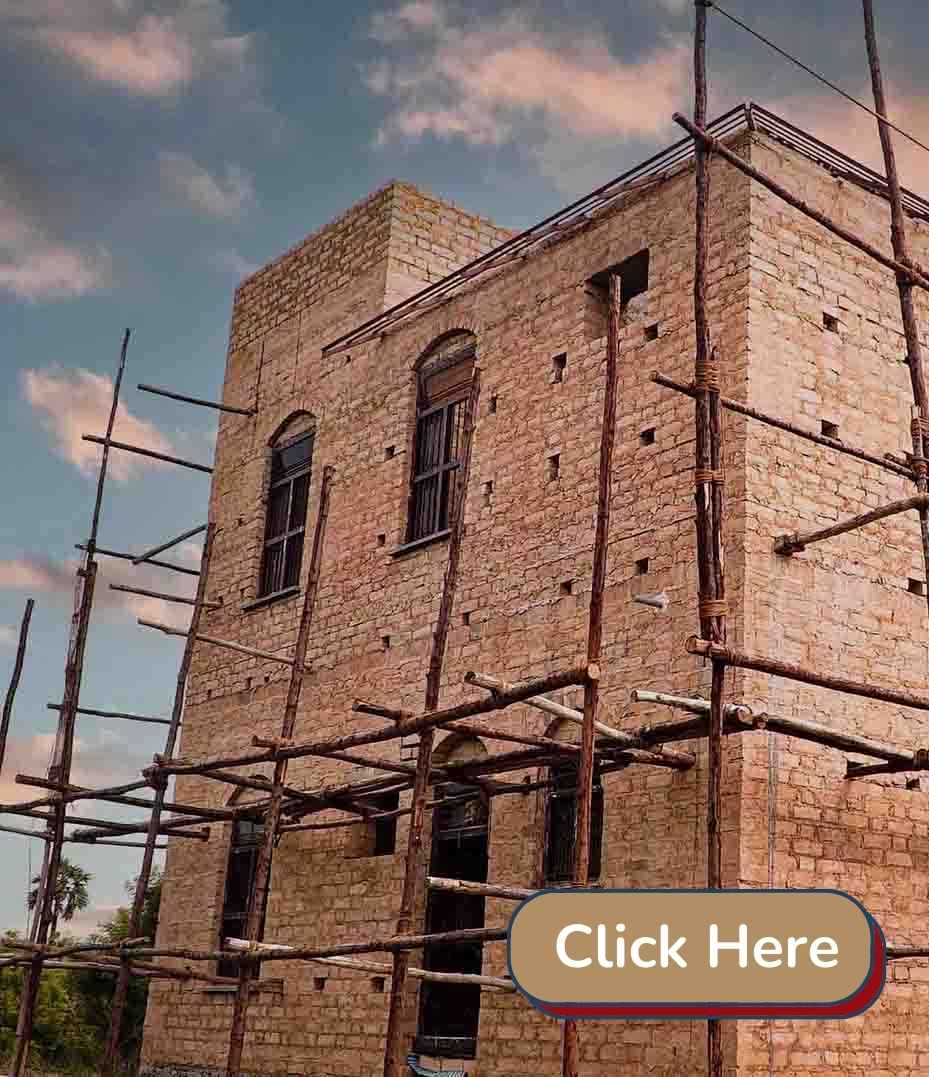
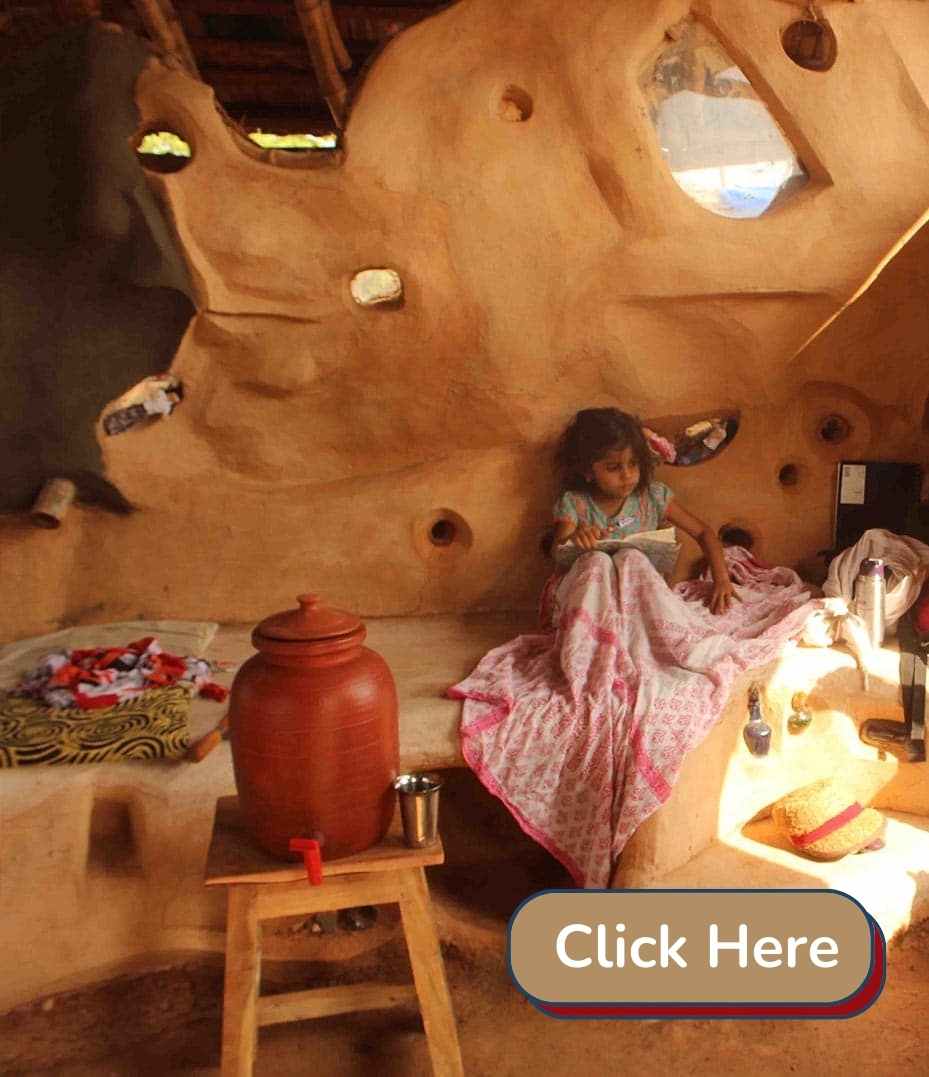
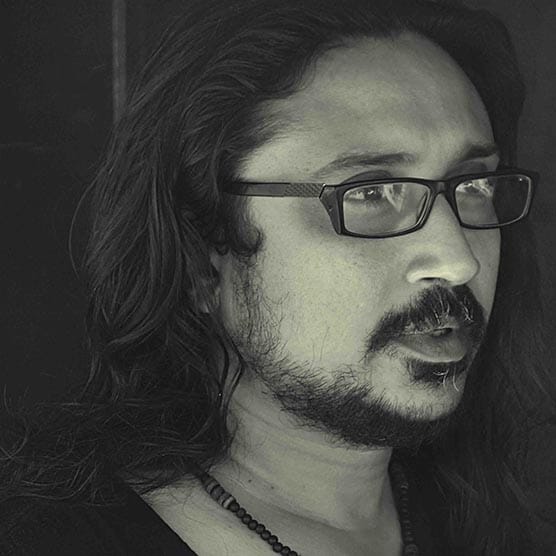

12 thoughts on “Khan Market’s Natural Haven: A Home Built with Earth in the Heart of Delhi’s Busy Streets”
Great Article. Glad to see people passionate about to save the mother nature rather than creating concrete jungle.
Thankyou @ Cullinan
Great Article
Namaste Karen Shetty,
Thank you so much for your kind words! Your feedback means a lot to us!
Namaste Rajeev Kapoor,
You can contact Mr. Dharan Ashok at “intellectdharan<@>gmail.com” for any inquiries or information you may need.
Namaste Shiva,
We’re glad you found the house beautiful and are interested in building something similar. To get started, you can write to “thannalroots<@>gmail.com” for more information and guidance on how to proceed with your project.
Namaste Akshaya,
Nice to know that this article was helpful!
Regarding your question about the raw materials, every mud can be used to make adobe, but you have to know the content of clay, sand, and silt inside the mud.
Manisha actually went to a nearby burnt brick kiln and specifically requested bricks without the final firing process. These unburned bricks were used in most of the construction. However, areas that required more structural strength like corners and for areas that needed more water resistance, toilets were constructed using burned bricks,
So, it was a combination of locally sourced materials and careful selection to ensure the project’s success.
Hi. The house is extremely beautiful. Loved every part of it. But I have a question regarding the raw materials. I have heard that only certain type of soil/sand is preferable for making Adobe wall or for mud plaster. Did the site which is n the heart of Delhi naturally have that type of soil ? Or was it sourced outside? It’ll b really helpful if u could answer this. Thank you!
APPLAUD # LOVED IT ????
Brilliant .
Exemplary effort and passion .
It’s beautiful i want to build same house like this please help me for this whome i have to cantact I stay Andra Pradesh anantapur
I want the contact details of Mr Dharan Ashok.